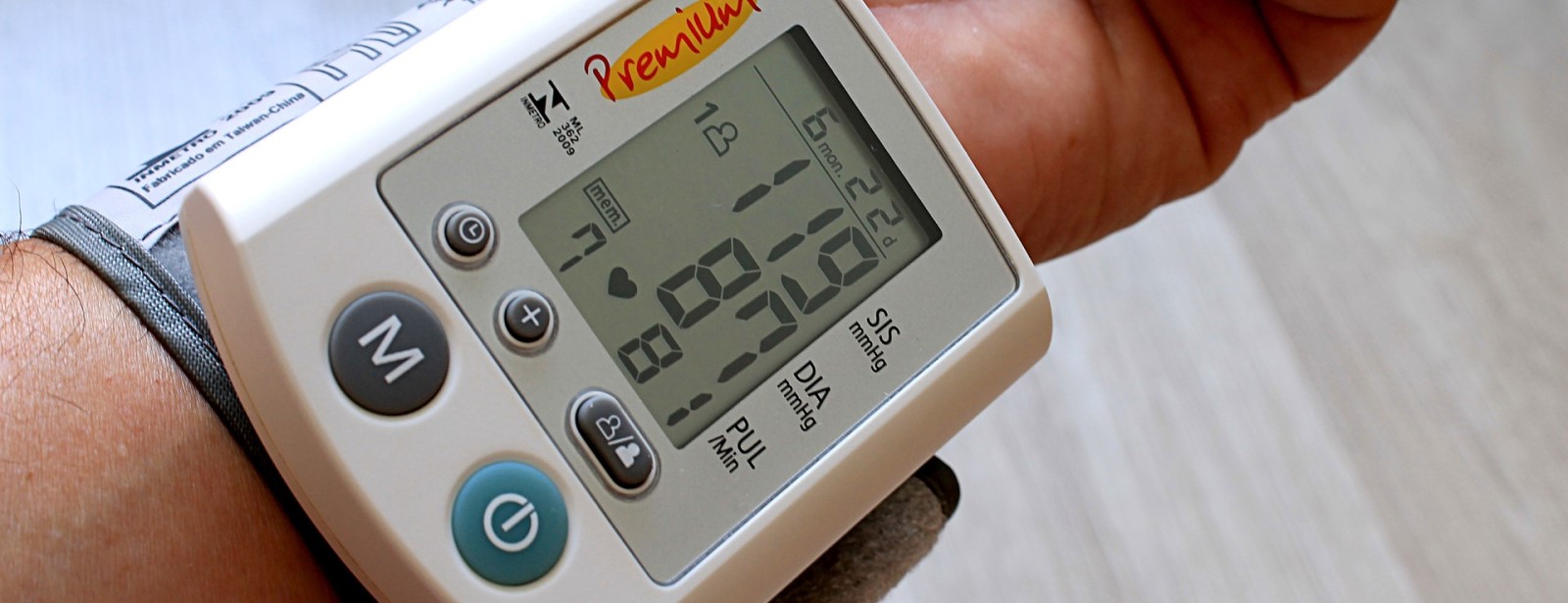Updated Million Hearts® Hypertension Control Change Package Underscores Need for Comprehensive Risk Reduction in Cardiac Rehabilitation

Recently, the Centers for Disease Control and Prevention released the second edition of the Million Hearts® Hypertension Control Change Package (HCCP). Originally published in 2015, this updated version reflects new clinical guidelines, development of new resources, and general advances in quality improvement in the field.
“ In the updated Hypertension Control Change Package we provide evidence-based tools to implement proven, effective, and high impact strategies recognizing many who are delivering best practices,” said Larry Sperling, MD, FACC, FACP, FAHA, FASPC, executive director of Million Hearts®. “The change package itself provides tools and resources to AACVPR and the cardiac rehabilitation programs across the country.”
According to the CDC, nearly half of adults—or about 118 million people—in the U.S. have hypertension. High blood pressure is the most prevalent cardiovascular risk factor in the country, and costs the economy billions each year.
Million Hearts® updated HCCP addresses cardiovascular risk reduction through a systematic approach to hypertension management. A significant part of this has been the collaboration with the Hypertension Control Champions, a group of clinicians, practices and health systems across the U.S. who have achieved at least 70% control rates among their hypertensive patients.
“As we focus on the ambitious, but achievable goal of preventing 1 million heart attacks, strokes, and cardiovascular events in the U.S., hypertension is the most important risk factor to address for population-attributable gains in prevention,” Sperling said.
For those working in the cardiac rehabilitation space, these tools have great relevance. Hypertension is prevalent in the cardiac rehabilitation patient population, and improving blood pressure control is a key part of their care. Sperling said after a cardiac event, many patients and clinicians underestimate how much blood pressure affects overall health.
Cardiac rehabilitation emphasizes comprehensive lifestyle and behavioral changes to manage their blood pressure, in addition to addressing optimal medical therapy, which can lead to better compliance.
“We’re trying to optimize care through both evidence-based medication titration (i.e. avoidance of therapeutic inertia) and fine-tuning their lifestyle in combination,” Sperling said.
An evidence-based component of improving blood pressure control is the implementation of wide-spread use of self-measured blood pressure (SMBP) monitoring. Sperling said that SMBP is highlighted in the new HCCP. Those who have access to home blood pressure devices can have a better understanding of their blood pressure goals and the factors that impact them. Teaching patients about how to properly measure their blood pressure and how to track it for both clinical and personal purposes creates an important feedback loop between the patient and their clinical care team.
“Given our current challenges many recognized that patients living with hypertension who don’t have a home blood pressure device have a significant gap in care given the lack of data as we’re thinking about adjusting their medicine and care,” he said.
Self-measured blood pressure will be increasingly important as we approach health and healthcare through new care models. Given the likelihood of continued telehealth services, implementation of SMBP in clinical settings will be essential.
Sperling said in cardiac rehabilitation patients, clinicians, and clinical teams need to focus on a comprehensive approach to hypertension control, which includes the right medications, partnered care, shared decision making, combining pharmacotherapies with adjunctive lifestyle approaches, and utilization of SMBP.
While the updated HCCP is a step forward for those serving in the cardiopulmonary rehabilitation space, there’s still a lot of work to be done as hypertension control rates in the U.S. are less than 50% using 140/ 90 mm Hg as a goal, and 25% utilizing the 2017 Hypertension Guideline goal of < 130 / 80 mm Hg. Sperling said Million Hearts® and its partners—like AACVPR—will continue to collaborate to identify evidence-based approaches to better control hypertension in the U.S.
“Million Hearts recognizes AACVPR as a valued partner,” he said. “We are working together to serve our patients and communities to prevent cardiovascular events. There is no more important time to focus on cardiovascular event prevention than this time in history.”
#Headlines